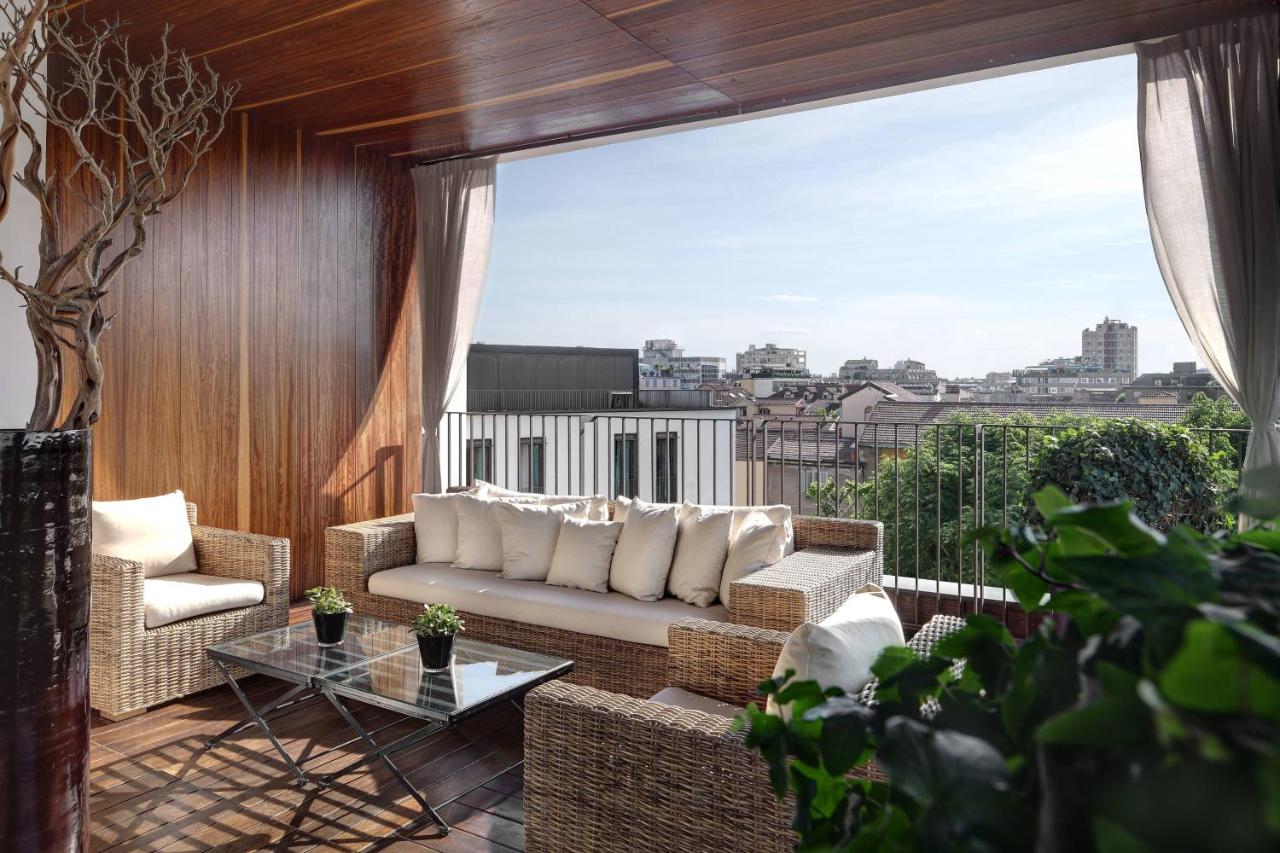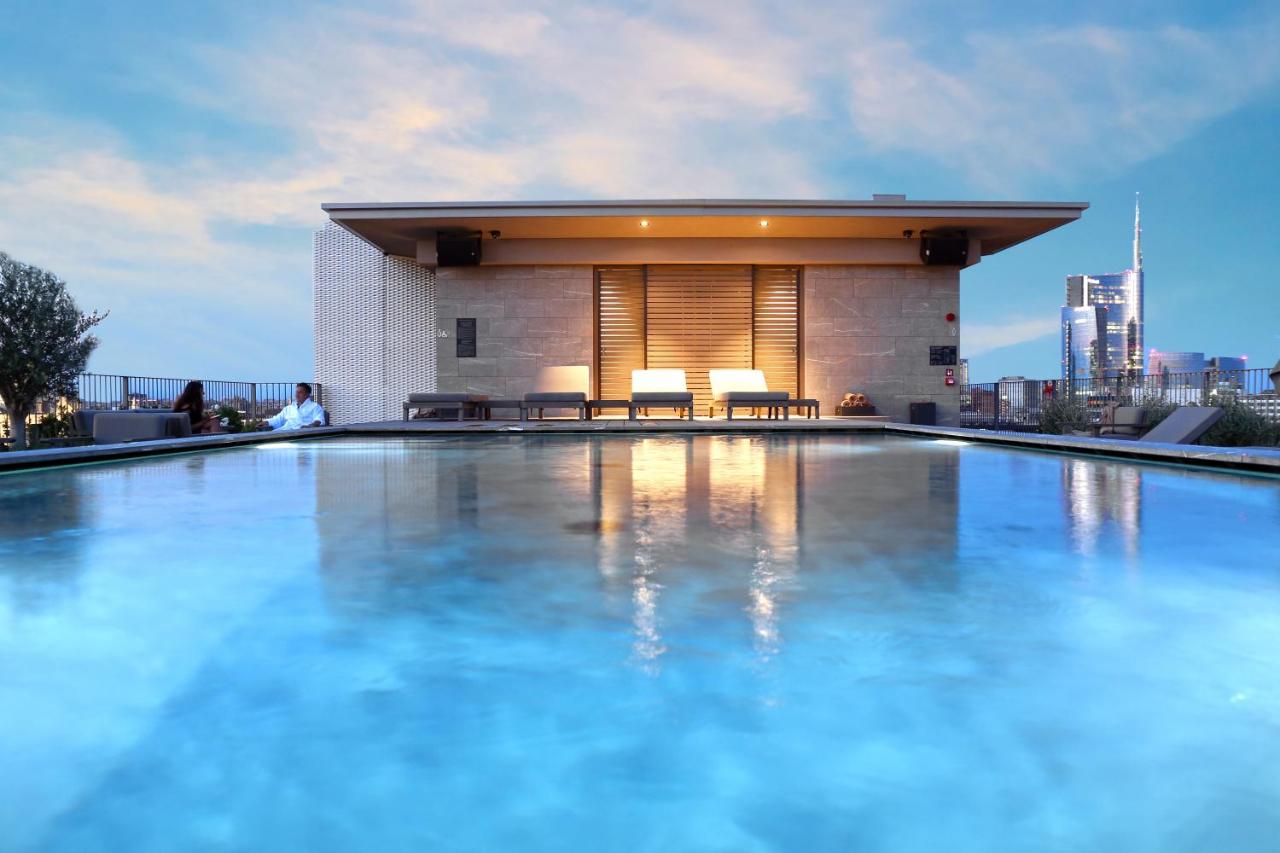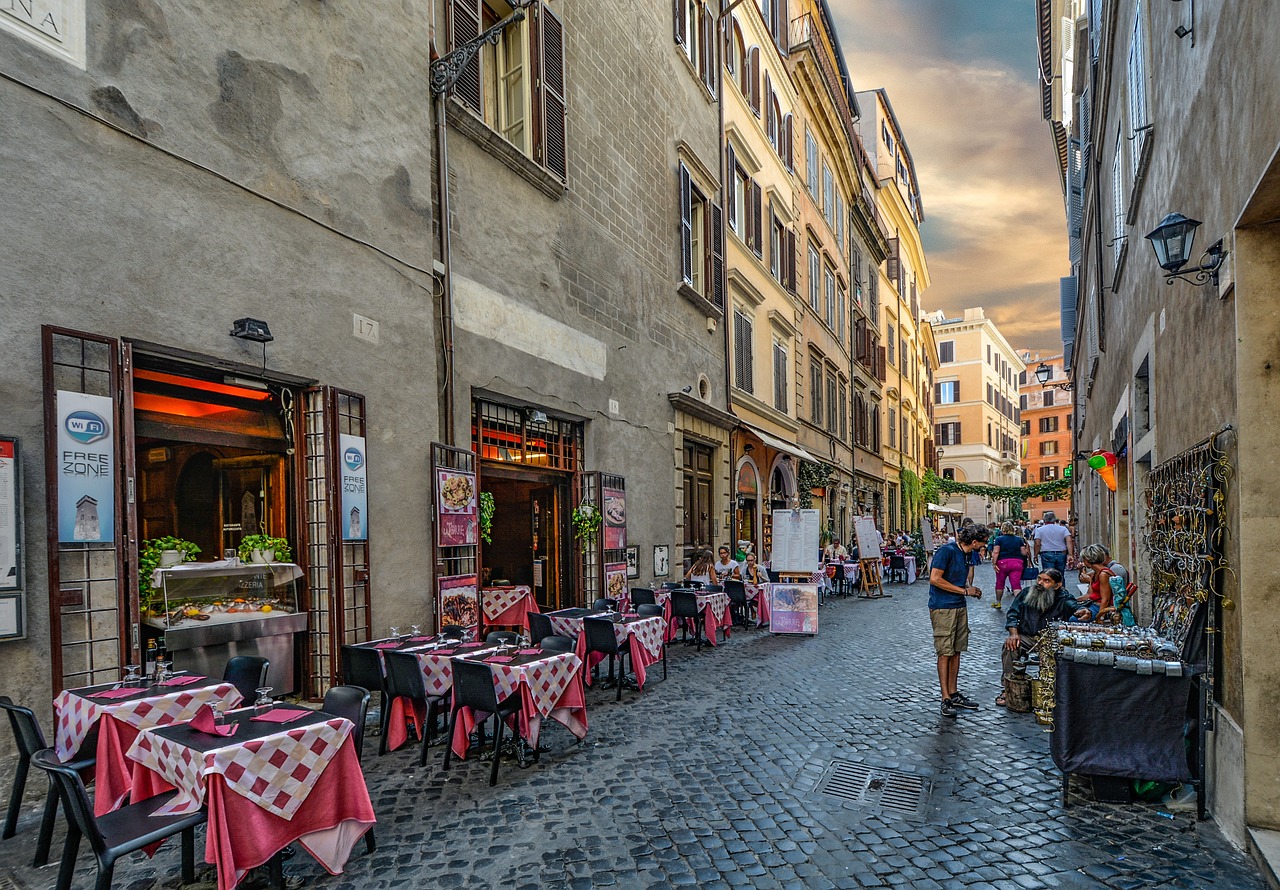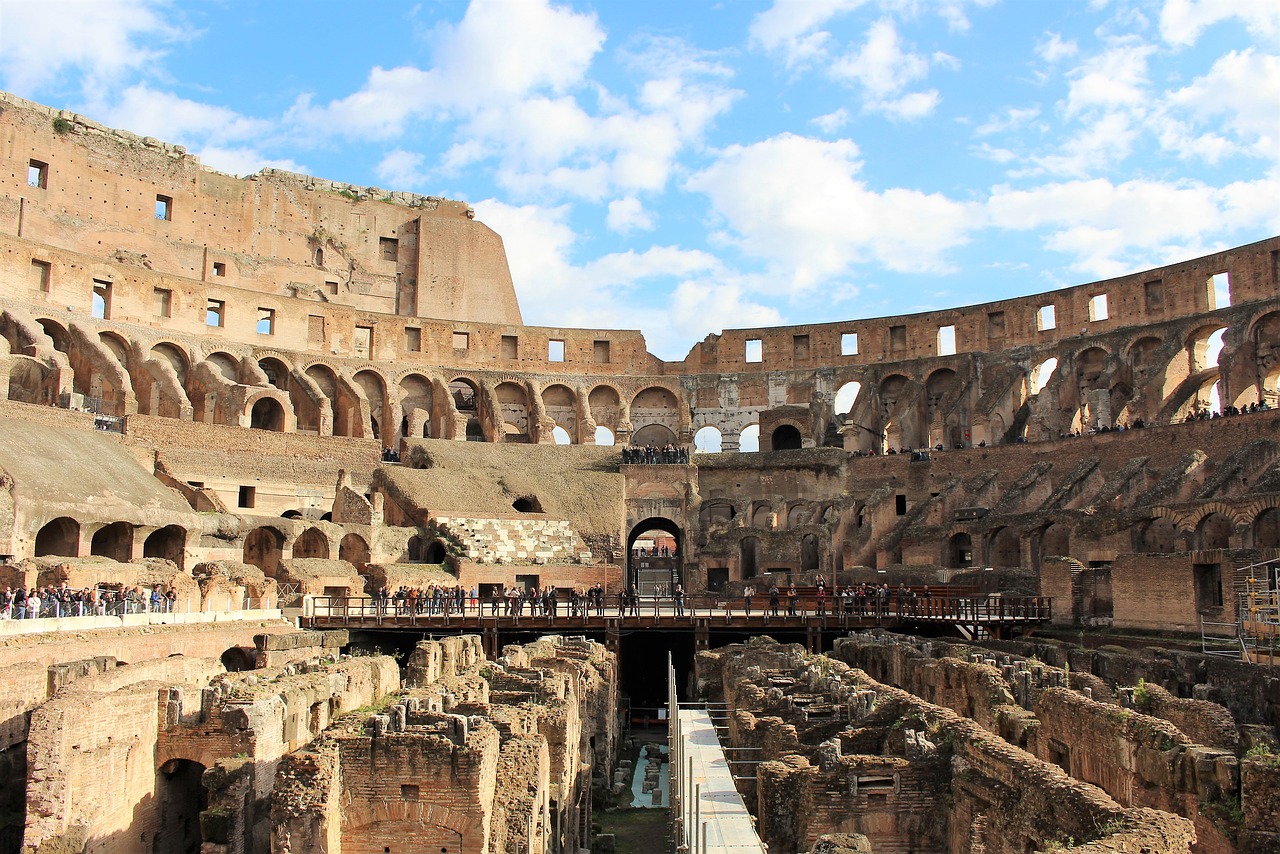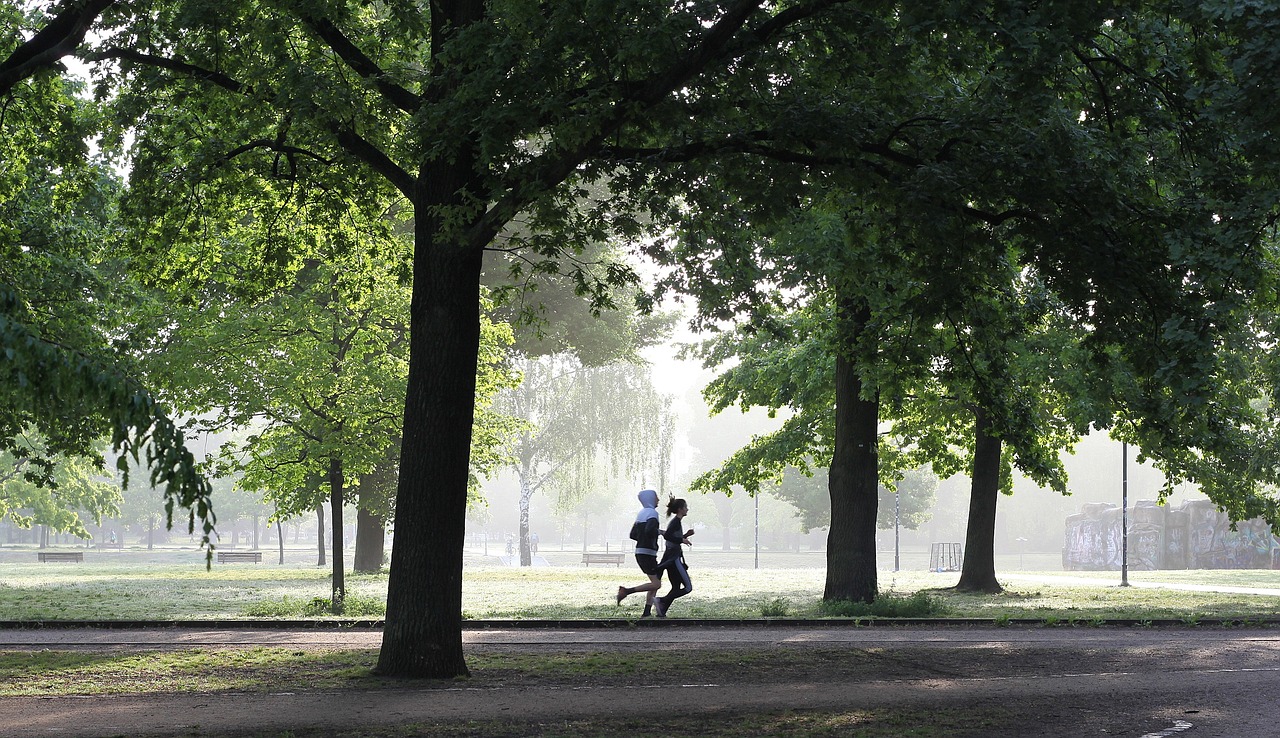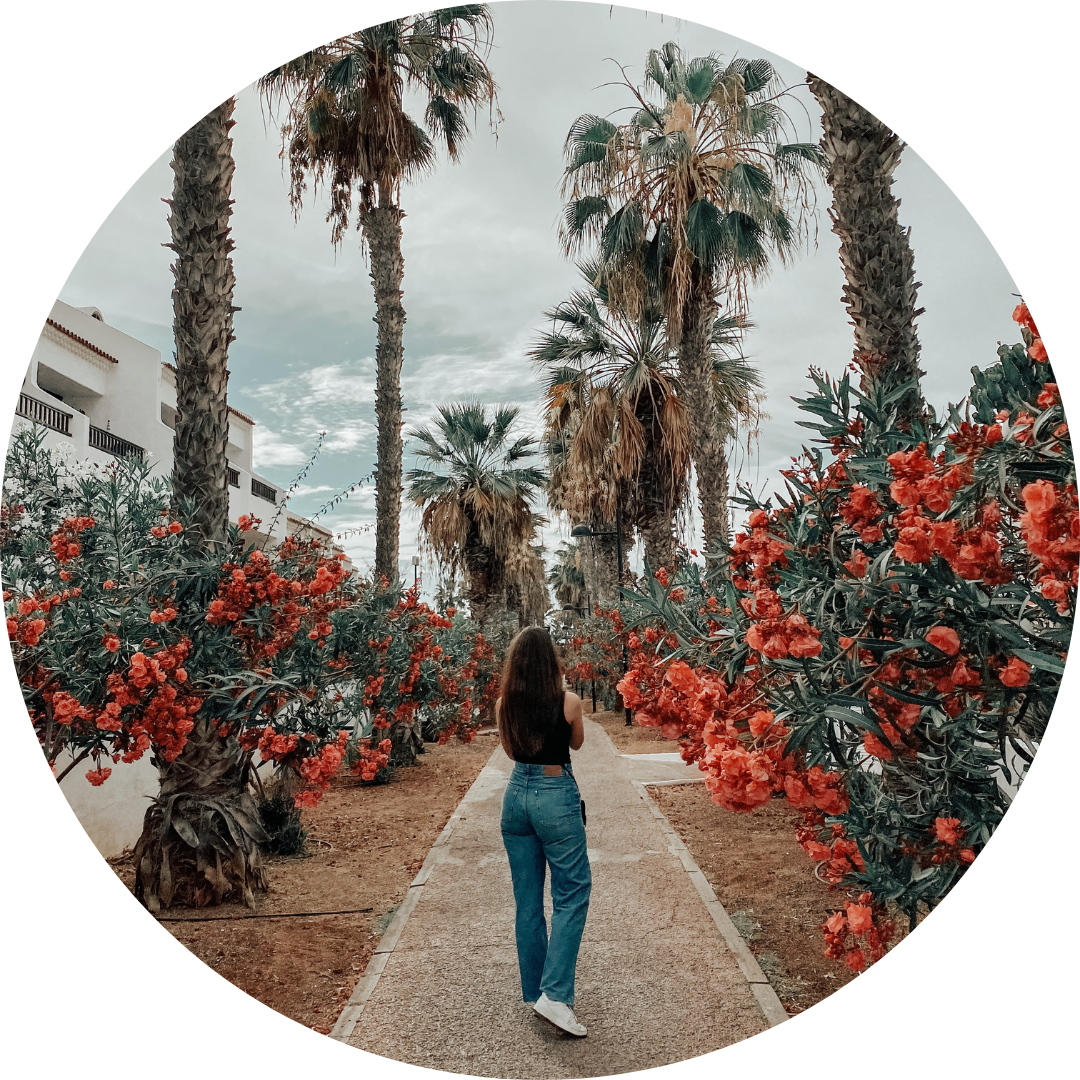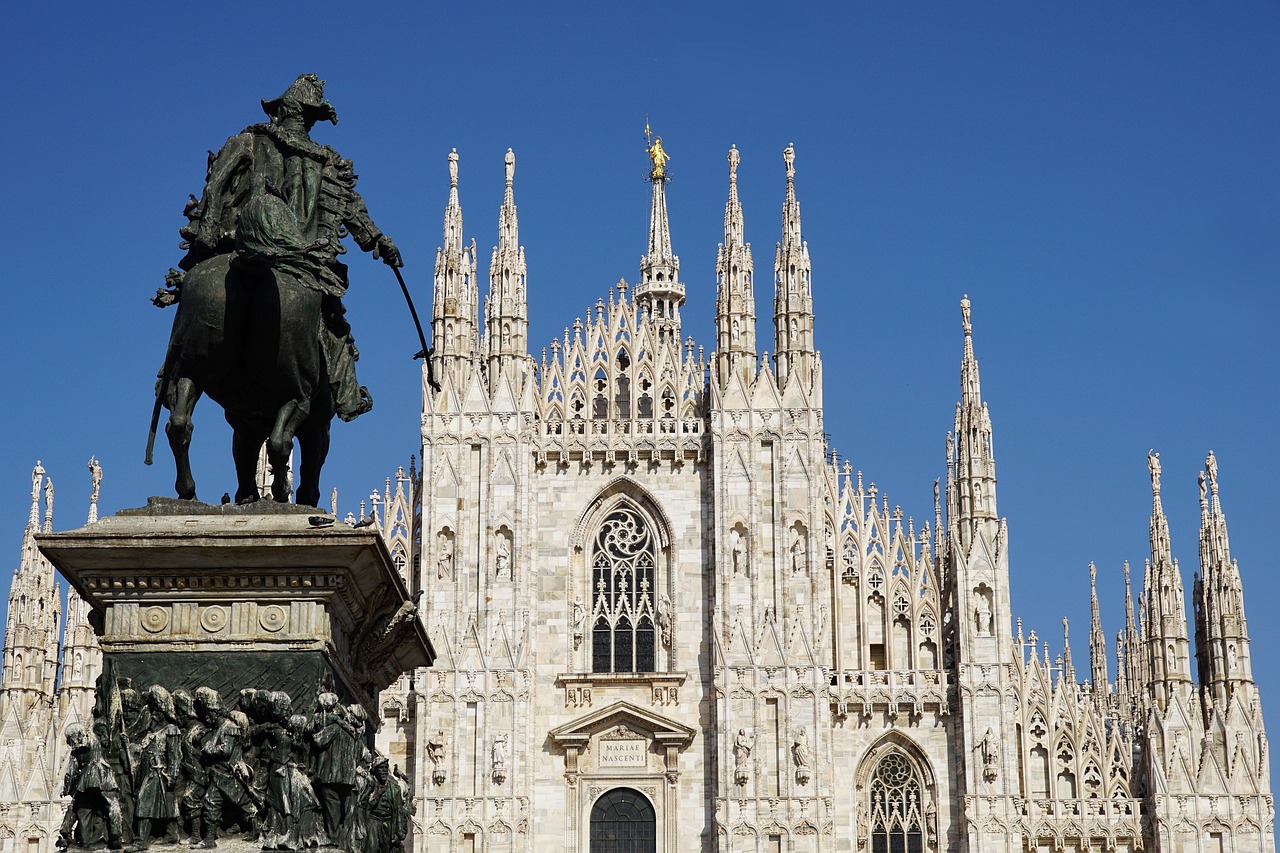
You have decided to move to Milan, but, where to live? Choosing the right area to live in a metropolitan city like Milan can be a great challenge. That’s why I have prepared a list of the nine best areas to live in Milan as an expat (or stay as a tourist).
Note: this post includes affiliate links. I gain a small commission from the provider each time you click the link and book a service through it. That comes at no extra cost to you. Every little commission would tremendously help me run this blog and provide better content for you.
Best areas to stay in Milan as Expat
Milan is divided into nine zones, which are then further divided into districts (quartieri). Each area of Milan is super unique in terms of what it has to offer. As an expat you need to consider several factors – safety, budget, distance from work or university, proximity to public transport, family-friendly neighborhoods, and other personal preferences.
I’m here to make your decision easier. My goal is to show you which areas to consider when moving to Milan and the areas of Milan to avoid and already cross off your list before you even start looking.
These are some of the best areas to stay in Milan as an expat.
VISITING MILAN? HERE IS A BEST HOTEL GUIDE BY AREA
Best areas in Milan: CENTRO STORICO
If your budget allows and you wish to truly experience the Italian lifestyle, Milan’s historical city center (centro storico) is the place to be. Here you will find the main attractions (Duomo di Milano, Galleria Vittorio Emanuele II, Teatro alla Scala, Via Monte Napoleone), all within walking distance. The rent prices are higher than anywhere else, but the area is extremely international friendly. The streets are safe and normally packed with tourists.
YOU MIGHT ENJOY: BEST HOTELS IN MILAN’S CENTRO STORICO
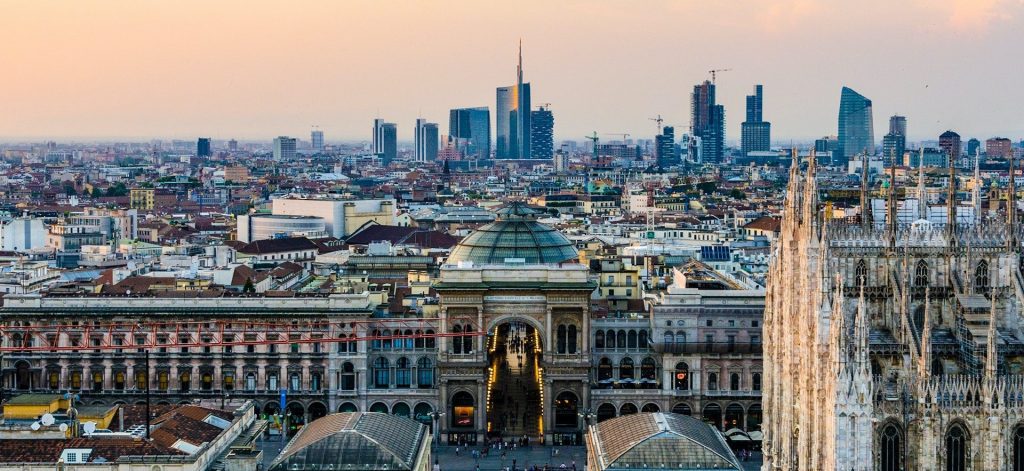
Historical city center of Milan
Best areas in Milan: BRERA
Still in the very heart of Milan, Brera is the melting pot of fashion, art, and history. It is a perfect combination of historical buildings with cobblestone paved streets, fashion boutiques, and trendy bars and restaurants. The area mostly attracts models, fashion designers, and artists, several of whom you will meet while walking down the streets. Let’s not forget Brera is home to many events, such as Milan Fashion Week or Milan Design Week.
Brera continues north to a busy business area of Moscova. The proximity to many companies and hotels makes this area a safe space for families and individuals.
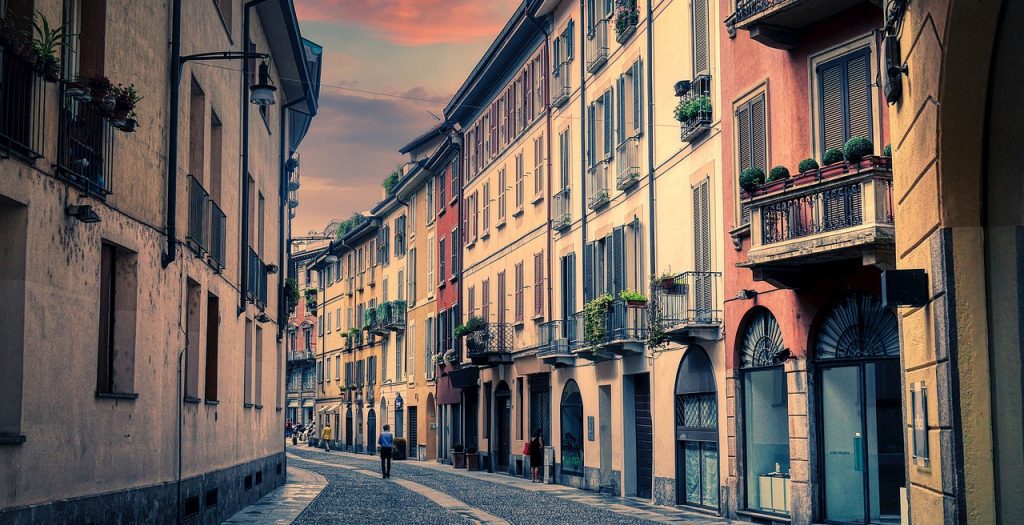
Brera
Best areas in Milan: NAVIGLI AND PORTA GENOVA
Navigli sits between two of its canals – Naviglio Grande and Naviglio Pavese. This Milanese area is mostly recognized for its lively streets and endless bars and restaurants. The hustle and bustle are real here. The streets are filled with younger people, especially internationals. I would recommend the area to students, young workers, or everyone who loves to be in the center of all action. A big plus of Navigli is the weekend vintage and flea markets. Families might not appreciate the lack of calmness.
PERFECT FOR YOU: BEST HOTELS IN NAVIGLI
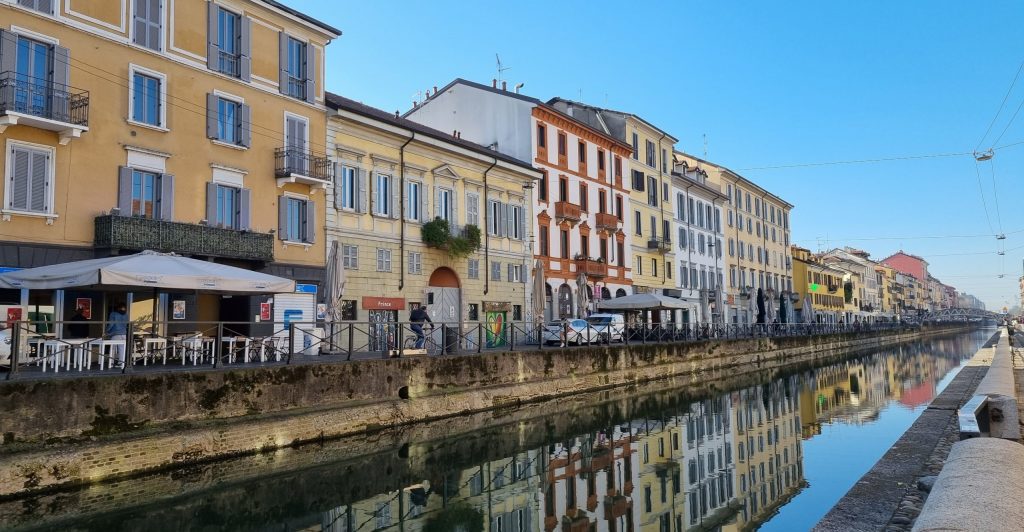
Navigli
Best areas in Milan: PORTA VENEZIA
Porta Venezia is a colourful, LGBTQ-friendly quarter and culturally diverse area. Famous for several gay bars and the pride week, the main shopping street of Corso Buenos Aires, and with great connections around the city, Porta Venezia is a popular choice among many young people as well as families. Its location is next to the second-largest Milanese public garden – Giardini Indro Montanelli, makes the area perfect for walks and relaxing in summer or ice-skating during winter.
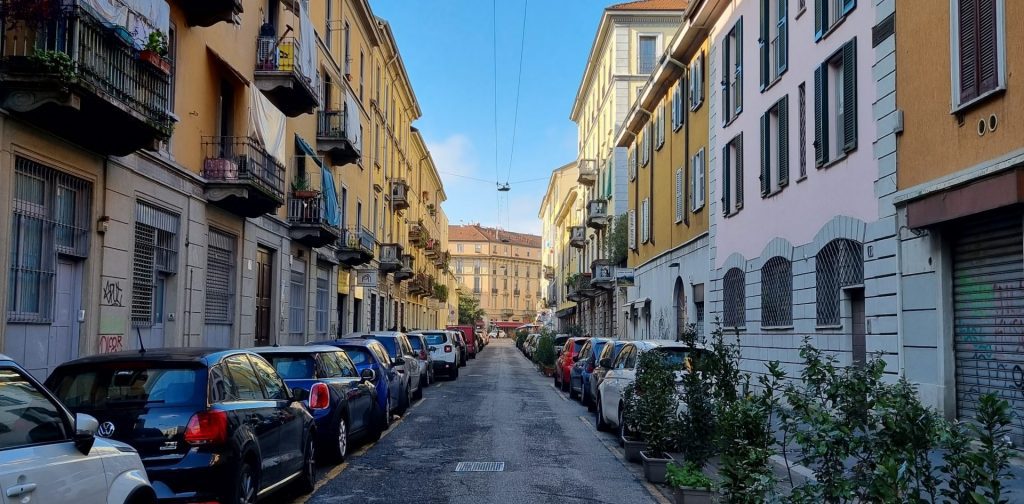
Porta Venezia
Best areas in Milan: PORTA ROMANA
There are two parts of the Porta Romana neighborhood. The first part is around the Porta Romana metro station, a popular gathering spot for students. It is close to several universities, such as Università Bocconi or IED Milano. The second part is a beautiful residential neighborhood between Viale Umbria and Viale Monte Nero, also home to Milan’s fantastic pool and popular aperitivo place – Bagni Misteriosi, which comes alive in summer. The safety of the area and its central feel make this part perfect for families.
Best areas in Milan: CITY LIFE MILANO
City Life is a newly developed area in the western part of Milan. It is famous for its luxury high-rise blocks and towers, a stylish Shopping District as well as several landscaped parks. It is also home to many Italian celebrities, such as Chiara Ferragni. Located a bit further out of the center, City Life is a good option if you plan on bringing your car.
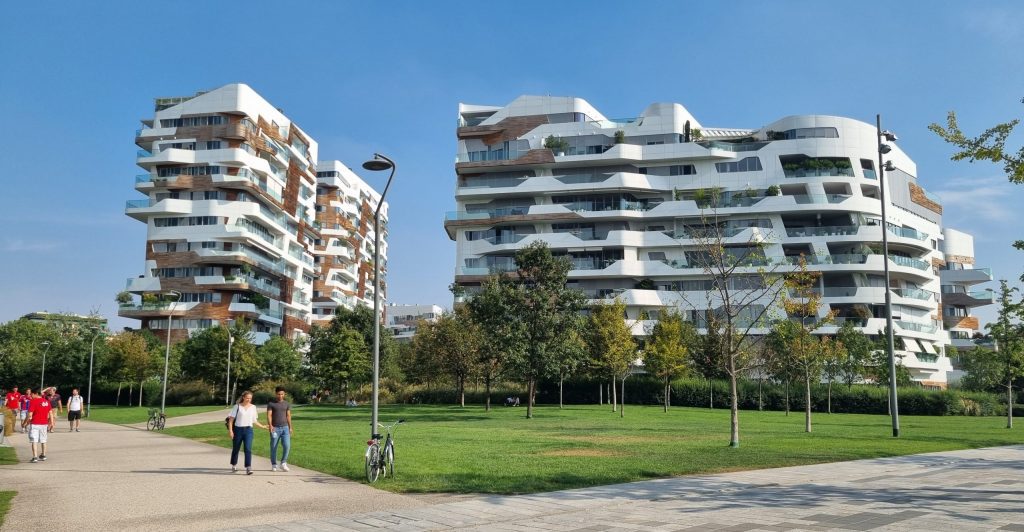
City Life
Best areas in Milan: PAGANO, WASHINGTON, WAGNER
These Milanese areas, situated on the red metro line with name-alike metro stations are one of the most desirable residential neighbourhoods of the city! High on rent prices, but perfect for workers or families with several green areas and all important infrastructure nearby.
Best areas in Milan: CITTÀ STUDI
As the name indicates, Città Studi (study city) is home to many students, both Italians and internationals. The reason lies in affordable housing options and walking distance to one of the biggest universities in Milan – Politecnico di Milano’s Leonardo Campus. The area was not as well connected to the city center in comparison to other areas, but now, with the new metro line M4, you can reach Duomo in 10-15 minutes!
The area is quiet and residential but comes alive with Fuorisalone during Design Week.
Best areas in Milan: ISOLA AND GARIBALDI
Isola and Garibaldi are located in the northern part of Milan and attract mostly young workers and families. That is due to many green areas, events, and proximity to international companies. The area is a combination of residential buildings and company headquarters; the famous Unicredit, IBM, Google, and Amazon are based here. Let’s not forget Versace has their HQ here! It also offers an amazing park – Biblioteca degli Alberi with a view of the Bosco Verticale, a forest-like residential complex. Most of the buildings in the area are modern and apartments are extremely expensive.
Isola also hosts one of the best vintage and flea markets in Milan.
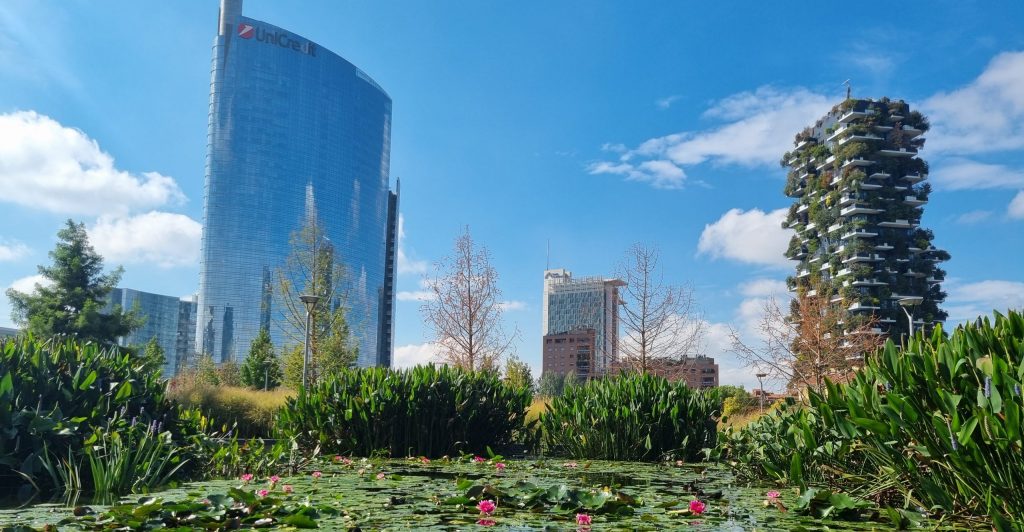
Garibaldi
Less known but affordable areas for expats
If you’re coming to Milan but do not wish to spend too much of your expenses on rent, have a look at the following neighbourhoods:
- Southern part of Milan (from Piazza Abbiategrasso to Cermenate) – calm, residential area with a neighbouring natural reserve, great for sports or daily walks. Current developments in the area will certainly bring up rent prices in the future. Now, the zone is still quite affordable.
- Western part of Milan (De Angeli, Gambara) – residential zones with mostly higher blocks that might not look the prettiest but are certainly affordable. The red metro makes this area well-connected to the city.
- Dergano – a bit further out of the city, but close to the yellow metro. When in Dergano you certainly feel like living in a city within a city – its narrow paved streets and several green areas make this place a great home to many internationals.
- Navigli San Cristoforo – located down the Naviglio Grande canal, this area with its ex-industrial style buildings is popular among younger generations
- You can also have a peek into other areas, like Lorenteggio, Cenisio, San Siro, or others.
So, which is the best area to stay in Milan as expat?
There are no right and wrong answers to this question. I guarantee you will enjoy the vibe regardless of the area you choose!
To start, I would recommend making a list of your needs. Are you looking for a fun area, a family-friendly area, or an area that fits your budget? After that, go over the list I have prepared above and familiarize yourself with the neighborhoods of Milan better (Google Street View is a great idea).
I work in real estate, so I know Milan pretty well. For any questions about Milan, or life in Milan as expat, you can always send me a message here.
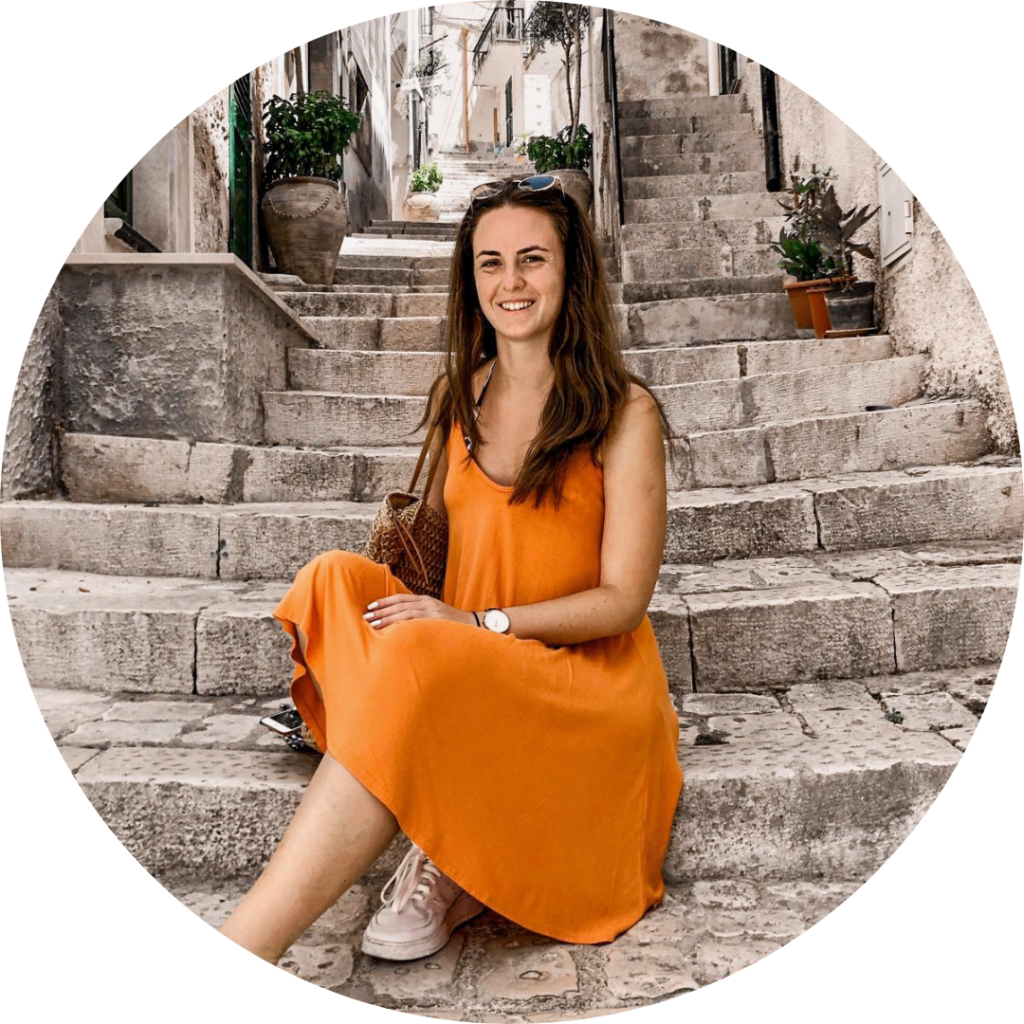
Hi, it's Neja
I am an expat from Slovenia,
living in Milan since 2021 and writing a travel blog for all of you who are curious about life in Italy or traveling in Europe.
Follow me on my journey and learn everything about Italy and the European destinations.
